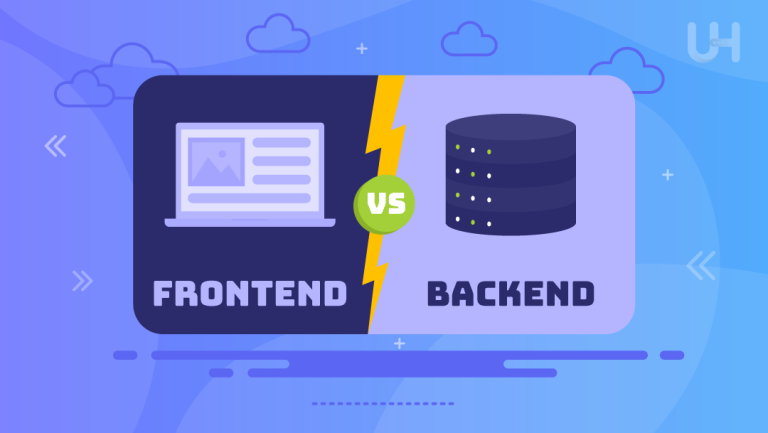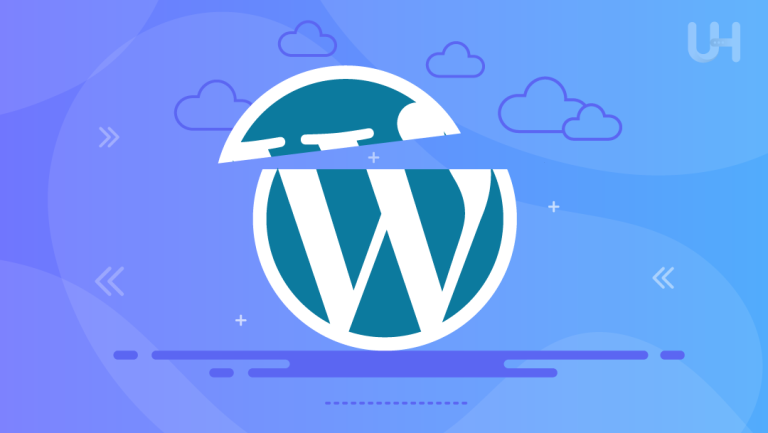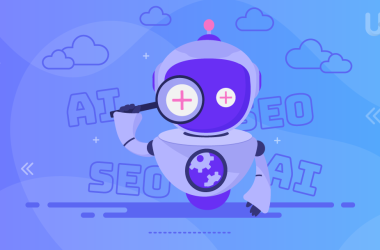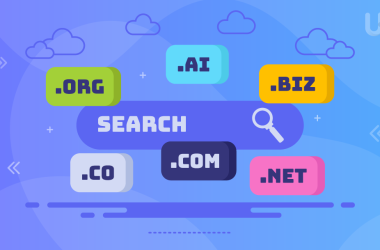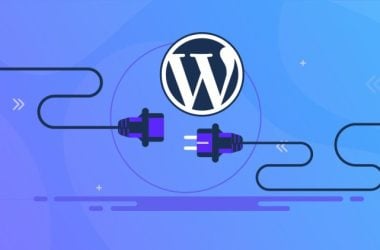Headless SEO is, in fact, a newer way of doing search engine optimization for websites based on a headless content management system. Traditional SEO strategies will often fail in today’s digital world, where businesses must optimize their content across multiple platforms.
Headless SEO comes into prominence by decoupling the front from the back, thus assuring that the content becomes deliverable across various channels with no single UI attachment. It allows flexibility in content delivery while guaranteeing the best search engine visibility. In this article, we look into the principles and practices of headless SEO and how they differ from traditional ways of doing things.
What Is Headless SEO?
Headless SEO means website optimization, which depends on the headless Content Management System, which generally separates front and back. In a headless environment, content is managed and stored at the back end, but it’s distributed through APIs to various other platforms, including websites and apps.
Headless SEO is somewhat different from traditional SEO, where content and presentation are interrelated. It’s all about allowing search spiders to crawl and index the content, even in the absence of a typical front end. This provides greater flexibility and adaptability for businesses in optimizing content across multiple devices, ensuring continuity in strong search engine visibility and high performance across diverse digital channels.
How Traditional SEO Differs from Headless SEO
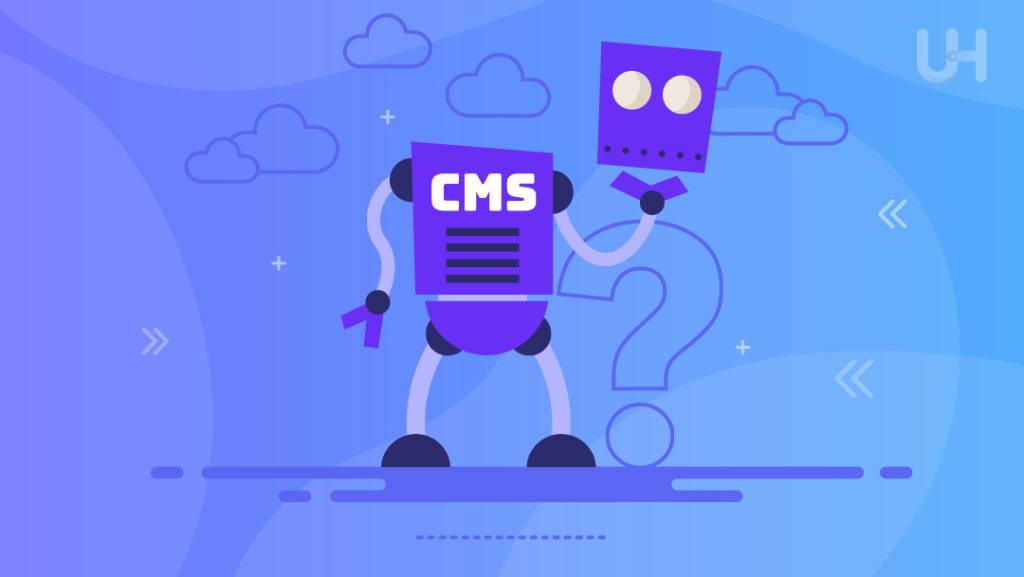
- Content and Presentation: Traditional SEO couples them, while headless SEO decouples content and presentation for flexible content delivery on a variety of platforms.
- Front-End Focus: Traditional SEO focuses on the front end to optimize for search engines; it’s based on what users see. In headless SEO, the content is prepared for optimization apart from the front end so that multi-channel optimization can be done more easily.
- Direct to HTML Accessibility: In traditional SEO, you optimize the different elements of HTML directly on the front end. As far as headless SEO is concerned, everything depends on the APIs that push content across a variety of user interfaces.
- Omnichannel Capabilities: Headless SEO will enable the delivery of content across a wide range of devices, from mobile applications to smart speakers, something that traditional SEO cannot achieve.
The Concept of Headless Architecture
The term headless architecture refers to an architecture wherein the front end, or UI, is decoupled from its back end, or CMS. This type of structure enables content to be managed and stored in the back end but served through APIs to different front-end platforms, which can then be utilized for multiple websites, mobile apps, or other digital touchpoints.
This separation opens up a great deal of flexibility for developers to create varied user interfaces while still using the same content across multiple platforms. In a headless architecture, there is no predefined “head,” that is, front-end, meaning content can be delivered in a plethora of formats and optimized for various channels without being bound to a specific interface.
Key Components of Headless SEO
- Headless CMS: Headless CMS is an architecture that allows storing and managing content in the backend. This content is then provided via APIs to various frontend platforms, enabling flexible content distribution across websites, applications, and beyond.
- Application Programming Interfaces (APIs): APIs are crucial to headless SEO. They act as a bridge between the CMS and various digital platforms, ensuring excellent content delivery and optimization.
- Structured Data: It is a key element in headless SEO. It makes such content understandable to search engines and, hence, indexable without depending on the traditional front end.
- SEO-friendly URLs and metadata: Even when no front-end is present, optimizing URLs, meta tags, and other SEO elements becomes crucial for visibility in search engines.
Decoupling Content from Presentation
Headless SEO is based on the concept of decoupling content from presentation. Traditionally, content and presentation or structure in web development were considered intertwined entities, and the way on-page content was presented would directly affect the nature of its optimization for search engines.
However, in a headless setup, this content decouples from the frontend interface, allowing it to deliver independently through Application Programming Interfaces across different platforms. In other words, this means the business can create and optimize the content once before portraying it on different channels: websites, mobile apps, and voice assistants. This, therefore, enables flexibility in omnichannel marketing experiences, together with strong SEO performance, without changing the presentation layer.
Boost Headless SEO with High-Performing VPS
For a seamless SEO experience, consider using SEO VPS from UltaHost. Their powerful, optimized servers ensure fast loading speeds and high performance, ideal for handling headless architecture and boosting your site’s search engine rankings across multiple platforms.
Why It Is Critical for Omnichannel Experiences
Headless SEO is a core constituent of omnichannel experiences because it allows businesses to create consistently optimized content across various platforms and devices. Today, people access content via websites, mobile apps, voice assistants, and other devices.
A headless architecture allows seamless distribution across these channels without negatively impacting SEO performance. Headless SEO decouples the content from the presentation layer so the same content can fit in various formats and user interfaces while keeping it visible in search engines. This flexibility helps businesses create a seamless user experience across touchpoints for better click-through rates and reach.
Optimizing Content for API-Driven Websites
To optimize content in headless SEO for API-driven websites, you want to ensure that search engines can crawl and index content effectively. First, you should implement structured data, which will help search engines better understand the context of content and its relevance.
Secondly, ensure API-driven content is crawlable easily by search engines; use SSR and SSG or dynamic rendering where necessary. It is crucial to optimize the URLs, titles, and metadata without depending on the front end. Further, optimizing APIs is also important in terms of speed and performance to load pages quickly for good search rankings. Using Light-speed VPS ensures that API-driven content loads swiftly, offering users a superior experience on all platforms.
SEO Challenges in a Headless CMS
- Crawling Issues: When APIs serve content, search engines problematically crawl and index API-driven content, causing visibility issues.
- Lack of SEO Internal Tools: Headless CMSs don’t have internal SEO tools included, as had been traditionally considered by other SEO CMS platforms. This might mean some additional coding to cover some SEO best practices.
- Dynamic Content Rendering: Search engines may find it very difficult to index dynamic content rendering, which could impact the site’s performance in the search rankings.
- URL and Metadata Management: In a headless CMS, managing SEO-friendly URLs and metadata becomes more difficult because separating ‘the head’ and ‘the body’ requires manual optimization.
Solutions to Overcome Headless SEO Challenges
Headless SEO challenges include starting to use server-side rendering or dynamic rendering to make API-driven content crawlable and indexable by search engines. Using structured data from a site’s dedicated hosting servers means helping search engines understand what is on the page and rank it correctly.
That said, a headless CMS should be able to manage the creation and configuration of SEO-friendly URLs, meta tags, and other critical elements. Tools like Google Search Console will help facilitate SEO monitoring and troubleshooting.
Last but not least, developers should integrate custom SEO solutions through plugins or third-party tools to address the deficiencies created by the headless CMS.
Headless SEO Best Practices
- Implementation of Structured Data: This involves schema markup to ensure that search engines understand the context of your content adequately and know where to place it. One would optimize for rich snippets to make the search results more visible.
- API Performance Optimization: Ensure fast content delivery through your APIs, as page load speed is important to both users and search engine results.
- Compliance with URL Structure and Metadata: Even in a headless setup, neat, SEO-friendly URLs, title tags, and meta description optimization are crucial to ranking success.
- Server-Side or Dynamic Rendering: It must use SSR or dynamic rendering so that search engines can crawl and index all of its content.
Conclusion
One way businesses try to get their content across a wide variety of platforms and devices with high performance through search engines is headless SEO. Decoupling the front end from the back end allows for more flexible support of content delivery in omnichannel experiences.
This brings its unique set of challenges related to crawl ability issues and managing SEO elements separately. Addressing these and many other challenges requires following best practices, including structured data, server-side rendering, and API performance optimization.
For optimal performance in managing a headless CMS, choose affordable VPS Hosting from UltaHost. Their reliable and scalable VPS solutions ensure fast, secure content delivery across multiple platforms, making them ideal for boosting your headless SEO strategy.
FAQ
What is headless SEO?
Headless SEO provides optimization for websites through a headless content management system.
How does headless SEO differ from traditional SEO?
Headless SEO decouples the content from the presentation; it enables the optimization of content for multiple devices.
What is a Headless CMS?
A headless content management system provides content through APIs, which platforms will front; the design or interface might differ.
Why is headless SEO important for omnichannel experiences?
It allows for publishing on multiple platforms with the same content: websites, apps, voice assistants, among others, or high SERP performances.
What are the problems with headless SEO?
These include issues with crawlability, the lack of inbuilt SEO tools, dynamic content rendering, and manual management of SEO elements such as URLs and metadata.
How to SEO the content of an API-driven website?
Utilizing structured data, providing for server-side rendering, optimizing URLs and metadata, and ensuring API performance will go a long way toward improving crawl ability and, eventually, indexing.
What headless SEO is possible with what tool?
These tools-scoped data, server-side rendering, and performance-optimized APIs will be a panacea for enhancing headless SEO performance in multi-platforms.






